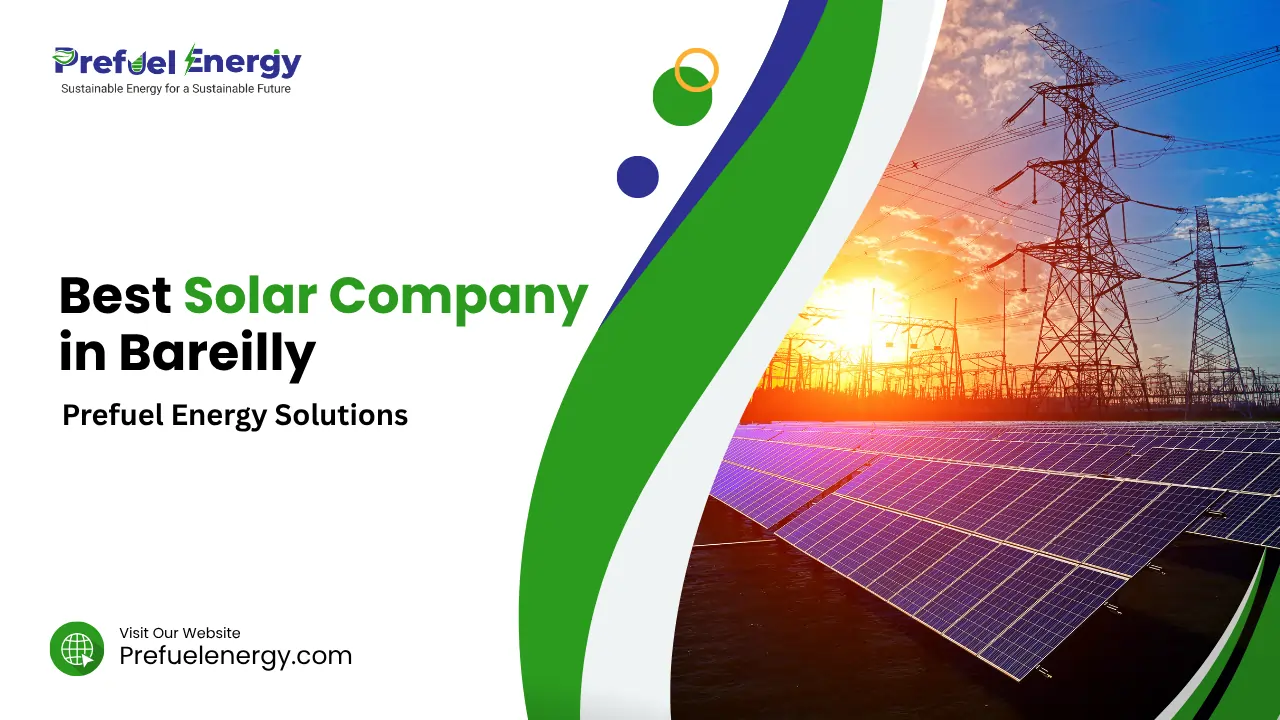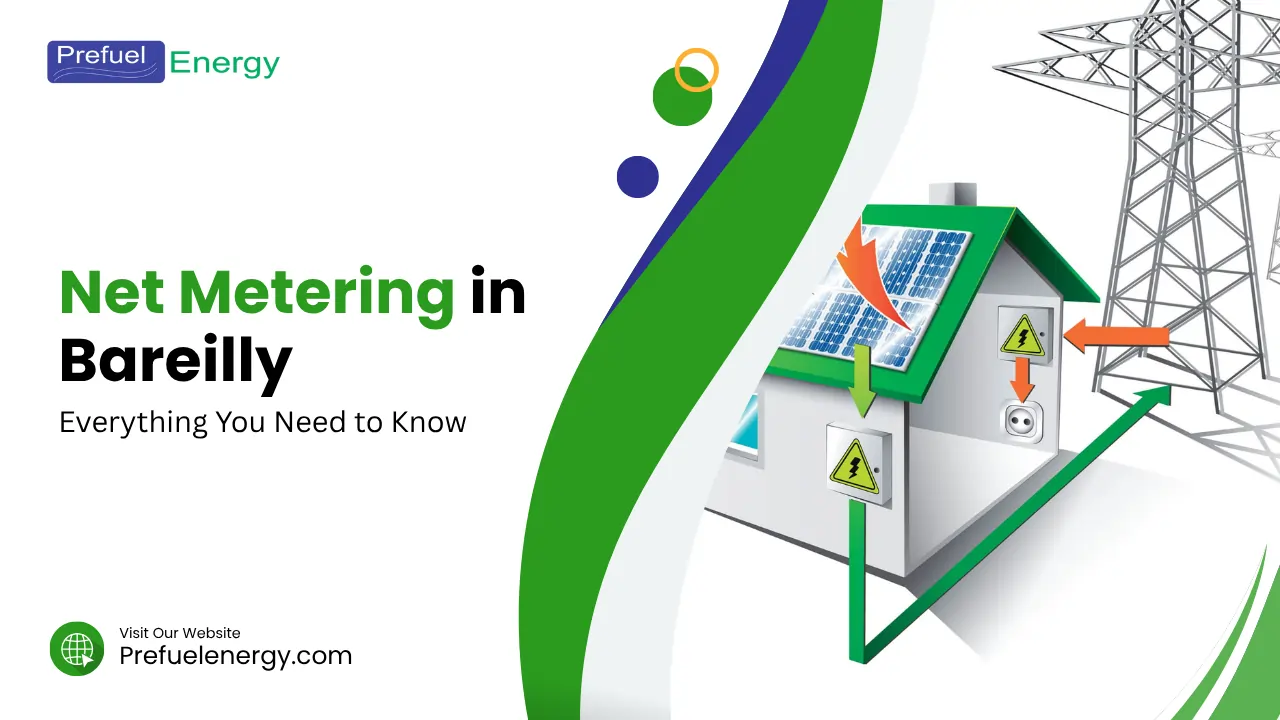Solar Subsidy in India
- Home
- Solar Subsidy
Bharat mein solar energy adoption ko badhane ke liye government ne kai attractive subsidy schemes launch kiye hain. Ye schemes especially 2025 mein homeowners, farmers aur small businesses ke liye kaafi beneficial hain. Is comprehensive guide mein hum detail mein discuss karenge ki Solar Subsidy India ke under kya opportunities hain, aur kaise aap maximum benefit utha sakte hain.
Key Government Solar Subsidy Schemes in 2025

1. PM Surya Ghar: Muft Bijli Yojana - Flagship Scheme
Prime Minister Narendra Modi ka ambitious scheme hai jo February 2024 mein launch hua tha aur 2025 tak extend kar diya gaya hai. Iska main goal hai 1 crore households ko free electricity provide karna through rooftop solar installations.
Scheme Benefits:
Up to ₹78,000 subsidy for 3kW or higher systems
300 units free electricity monthly
Monthly savings of ₹1,500 to ₹2,000 on electricity bills
Annual savings of ₹18,000 to ₹24,000
Subsidy Structure Table:
| System Capacity | Subsidy Rate | Maximum Subsidy Amount | Monthly Free Units |
|---|---|---|---|
| Up to 1 kW | ₹30,000 per kW | ₹30,000 | Up to 150 units |
| Up to 2 kW | ₹30,000 per kW | ₹60,000 | Up to 250 units |
| 2-3 kW additional | ₹18,000 per kW | ₹78,000 total | Up to 300 units |
| Above 3 kW | No additional subsidy | ₹78,000 capped | 300+ units |
Agricultural sector ke liye specially designed scheme hai jo farmers को solar pumps aur grid-connected solar farms install karne mein help karti hai.
Key Features:
Up to 60% subsidy on solar pumps
Income generation through selling excess power to grid
Rate: ₹3.50-4.50 per unit for excess power
Diesel cost reduction for farming operations
Central scheme ke saath-saath, states bhi additional subsidies provide kar rahe hai:
State Subsidy Benefits:
10% to 30% additional subsidy over central scheme
Varies by state policies
Commercial users bhi eligible for some state schemes
Eligibility Criteria - Kaun Apply Kar Sakta Hai?
- Residential Consumers Ke Liye
- Commercial/Industrial Ke Liye
Essential Requirements:
Indian citizen hona zaroori hai
Valid electricity connection available hona chahiye
Suitable rooftop available for solar panel installation
Previously no other solar subsidy avail nahi kiya hona chahiye
Individual households, housing societies, apartment complexes eligible hai
System Capacity Limits:
Individual homes: Up to 10 kW
Housing societies: Up to 500 kW
Group housing: 20% subsidy up to 500 kW
Commercial users directly central subsidy ke eligible nahi hai, lekin alternative benefits available hai:
Accelerated depreciation for tax benefits
Net-metering facilities
State-specific solar schemes
Application Process - Kaise Apply Kare?
Step-by-Step Application Guide:
Phase 1: Registration और Preparation
National Portal visit kare: https://pmsuryaghar.gov.in
State aur DISCOM select kare
Electricity bill details ready rakhe
Roof area measurement kara le (MNRE guidelines ke according)
Phase 2: Vendor Selection और Installation
MNRE-approved vendors ki list check kare
Vendor rating और comparison kare through portal
Solar panel make और model choose kare
Installation schedule fix kare
Phase 3: Approval और Subsidy Disbursement
System installation complete kare
DISCOM inspection schedule kare
Net meter installation ensure kare
Subsidy amount directly bank account mein transfer hoga
Application Timeline:
Registration to approval: 14 days
Installation to subsidy: 30-45 days
Total process: 2-3 months approximately
Required Documents Checklist:
| Document Type | Details Required |
|---|---|
| Identity Proof | Aadhaar Card, PAN Card |
| Address Proof | Electricity Bill, Property Papers |
| Bank Details | Account Number, IFSC Code |
| Income Proof | For loans above ₹3 lakhs |
| Electricity Connection | Latest bill in applicant’s name |
Financial Benefits Analysis - Actual Savings Calculation
Investment vs Returns:
3kW System Example:
Total system cost: ₹1,80,000 (approximately)
Government subsidy: ₹78,000
Net investment: ₹1,02,000
Monthly electricity generation: 450-500 units
Monthly bill savings: ₹2,500-3,000
Payback period: 3-4 years
Loan Options और Easy EMI:
Banks solar installation ke liye attractive loan schemes offer kar rahe hai:
Loan Terms Table:
| Loan Amount | Interest Rate | EMI (5 years) | EMI (7 years) |
|---|---|---|---|
| Up to ₹2 lakhs | Repo + 50 bps | ₹3,800 | ₹2,900 |
| Up to ₹6 lakhs | Competitive rates | ₹11,400 | ₹8,700 |
Bank Eligibility:
CIBIL Score: 680 and above
Minimum income: ₹3 lakhs annually (for systems above 3kW)
Roof ownership rights required
Technical Specifications and Installation Requirements
Rooftop Requirements:
Space Calculation:
1 kW system: 100 sq ft roof space required
3 kW system: 300 sq ft roof space required
Shadow-free area preferred for maximum efficiency
South-facing direction optimal for Indian conditions
Net Metering Policy Benefits:
2025 mein standardized net metering policy implement hui hai across 28 states:
Net Metering Advantages:
Excess power export to grid allowed
Banking facility for night-time consumption
Credits adjustment in monthly bills
Grid stability contribution
State-wise Implementation and Special Programs
Top Performing States:
Progressive States for Solar Adoption:
| State | Additional Benefits | Processing Time |
|---|---|---|
| Gujarat | Extra 10% state subsidy | 10-12 days |
| Rajasthan | Fast-track approval | 7-10 days |
| Maharashtra | MSEB special rates | 14-21 days |
| Karnataka | Residential priority | 12-15 days |
| Tamil Nadu | Group housing incentives | 15-20 days |
Regional Challenges और Solutions:
Common Issues:
DISCOM coordination delays
Vendor empanelment limitations
Technical inspection backlogs
Government Solutions 2025:
Single-window clearance system
Digital approval process
Vendor training programs expansion
Environmental Impact और Future Benefits
Carbon Footprint Reduction:
Environmental Benefits:
1 kW solar system: 1.5 tons CO2 reduction annually
3 kW system: 4.5 tons CO2 savings per year
25-year lifespan: 112.5 tons total CO2 reduction
National Energy Security:
India ka 500 GW renewable energy target by 2030 achieve karne mein individual contributions important hai:
Grid stability improvement
Import dependency reduction
Rural electrification support
Action Plan – Immediate Steps
Month-wise Implementation Timeline:
Month 1: Research और Planning
Electricity bill analysis
Roof assessment
Vendor comparison
Financing options exploration
Month 2: Application और Approval
Portal registration
Document submission
Vendor finalization
Technical survey
Month 3: Installation और Commissioning
System installation
DISCOM inspection
Net meter setup
Subsidy processing
ROI and Benefit Analysis Table
| Parameter | 1 kW System | 2 kW System | 3 kW System |
|---|---|---|---|
| Investment Cost | ₹60,000 | ₹1,20,000 | ₹1,80,000 |
| Government Subsidy | ₹30,000 | ₹60,000 | ₹78,000 |
| Net Investment | ₹30,000 | ₹60,000 | ₹1,02,000 |
| Monthly Generation | 150 units | 300 units | 450 units |
| Monthly Savings | ₹750-900 | ₹1,500-1,800 | ₹2,250-2,700 |
| Annual Savings | ₹9,000-10,800 | ₹18,000-21,600 | ₹27,000-32,400 |
| Payback Period | 3-3.5 years | 3-3.5 years | 3.5-4 years |
Solar subsidy schemes in India 2025 mein unprecedented opportunities provide kar rahe hai households को energy independent banane ke liye. PM Surya Ghar Muft Bijli Yojana ke through up to ₹78,000 subsidy aur 300 units monthly free electricity ka benefit mil raha hai.
Key Success Factors:
Early application for maximum benefits
MNRE-approved vendors selection
Proper documentation maintenance
Regular follow-up for timely processing
Government ka clear vision hai renewable energy sector को boost karna aur 2030 tak 500 GW target achieve karna. Is opportunity ko miss na kare aur apne ghar ko solar-powered banake monthly electricity bills se forever freedom pae!
Table of Contents
Get Your Free Energy Consultation
Fill the form below and our expert will get in touch with you
Best Solar Company in Bareilly for Home & Business
Bareilly me solar demand har saal badh rahi hai. Log...
Read MoreBest Solar Company in Bareilly: Prefuel Energy Solutions
Bareilly mein solar energy ki demand teez gati se badh...
Read MoreNet Metering in Bareilly: Everything You Need to Know
Aapne kabhi socha hai ki aapke rooftop solar panels sirf...
Read MoreSolar Air Conditioner Installation in Bareilly Guide
Bareilly ka garmi ka season kaafi lamba aur intense hota...
Read More



